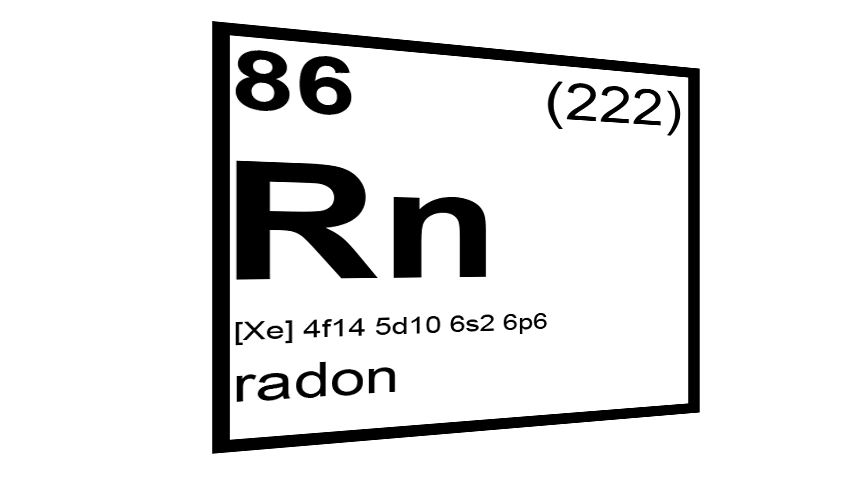Thompson Rivers University (TRU) has partnered with Interior Health (IH) to conduct a radon awareness project for post-secondary institutions. As part of TRU’s commitment to a safe and healthy campus, the Risk and Safety Services department deployed radon detectors at TRU on Jan. 7. The puck-style detectors were placed in specific areas of campus for several months to investigate and monitor radon levels.
Sarah Martin, manager of health, safety, and environment at TRU, explained that radon is a radioactive gas produced by the natural decay of uranium in the soil. “Radon is a heavier-than-air gas that settles in low-level areas and tends to enter buildings through cracks in the foundation, water pipes, or windows,” Martin said. “It can pose a health risk if inhaled over long periods of time.”
As TRU has not previously conducted radon testing, this initiative marks a significant step in detecting the quantity of radon in and around the soil on campus. “We were excited to partner with Interior Health because we haven’t seen historical testing at TRU,” Martin said.
The initiative follows a broader effort by IH, which has conducted studies with other school districts, daycares, and public sector organizations in the region.
“Interior Health wants to understand what radon exposure looks like in their region, and this partnership allows us to help build that map,” Martin said.
The radon detectors will primarily be placed on the ground floor and in the basement of campus buildings, including student residences. According to Martin, these passive devices “will not disrupt your daily routine,” and the detectors will remain in place for a minimum of 90 days to gather accurate data. The collected data will be sent to a lab for analysis, where the radon concentration will be measured.
“This is not mandatory testing; it’s an investigation to determine what or if there are any radon levels on campus,” Martin said. “By deploying these detectors, we can assess the risks and plan accordingly based on what the results show.”
Steve Pottle, director of risk and safety services at TRU, emphasized the importance of testing during the winter months. “Radon tends to accumulate more in winter because buildings are sealed, which means we get a better idea of exposure when doors and windows are closed.”
The radon detectors are part of a larger effort by the IH to map radon exposure in the region, and while there are areas of B.C. with known high radon levels, Martin and Pottle stress that this testing is about gathering data to understand the exposure risks at TRU and beyond.
“It’s not that we know we have a problem, but we’re looking to find out what the levels are,” Martin said. “Once the data is analyzed, we’ll determine what actions, if any, need to be taken based on those results.”
According to the Government of Canada, uranium–the element that eventually produces radon gas- is common throughout the crust of the Earth. As a result, radon gas can be found “in almost all homes in Canada,” though in varying amounts.
For questions or additional information, students, faculty, and staff can contact TRU’s Risk and Safety Services at safety@tru.ca.

